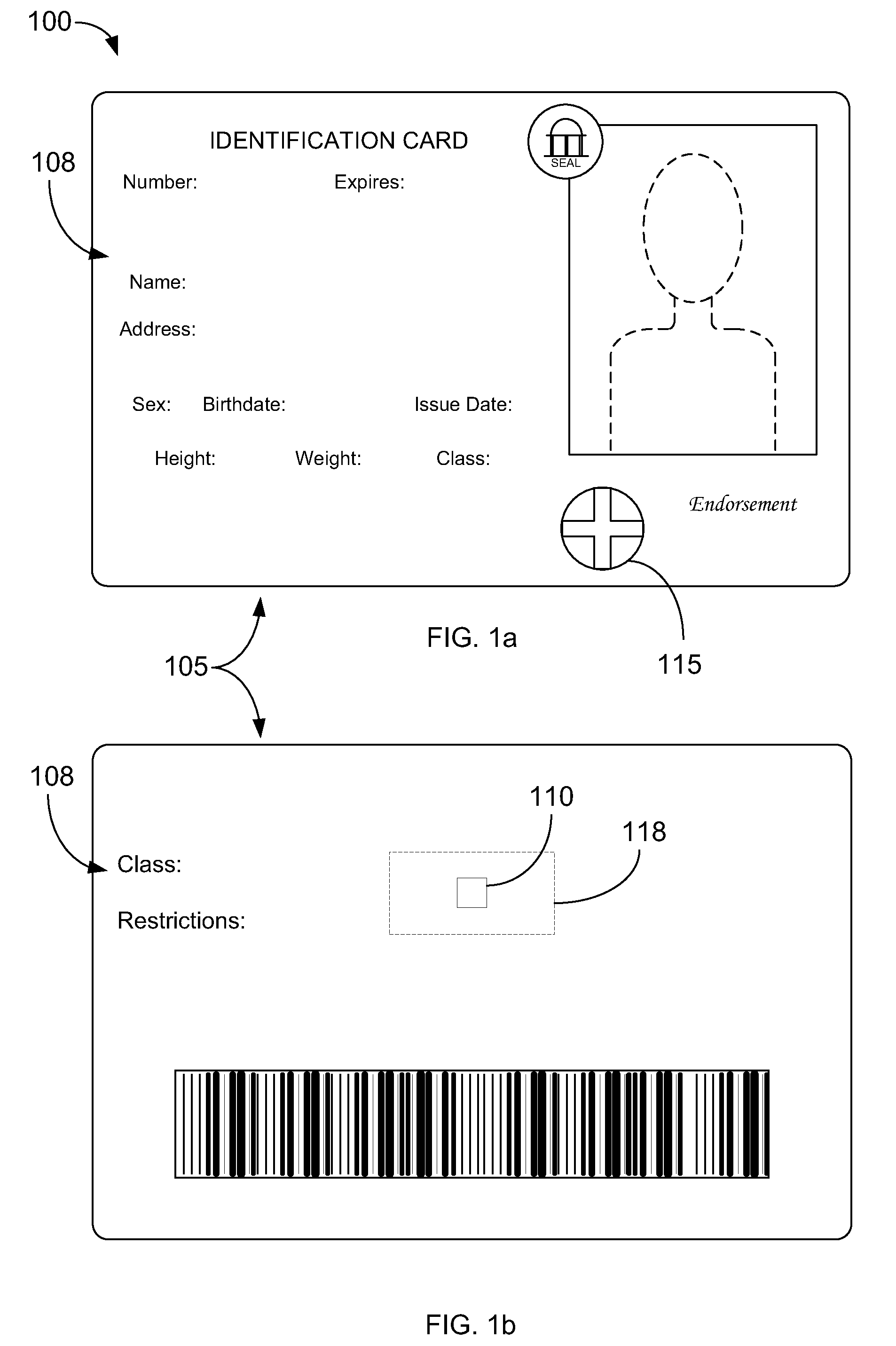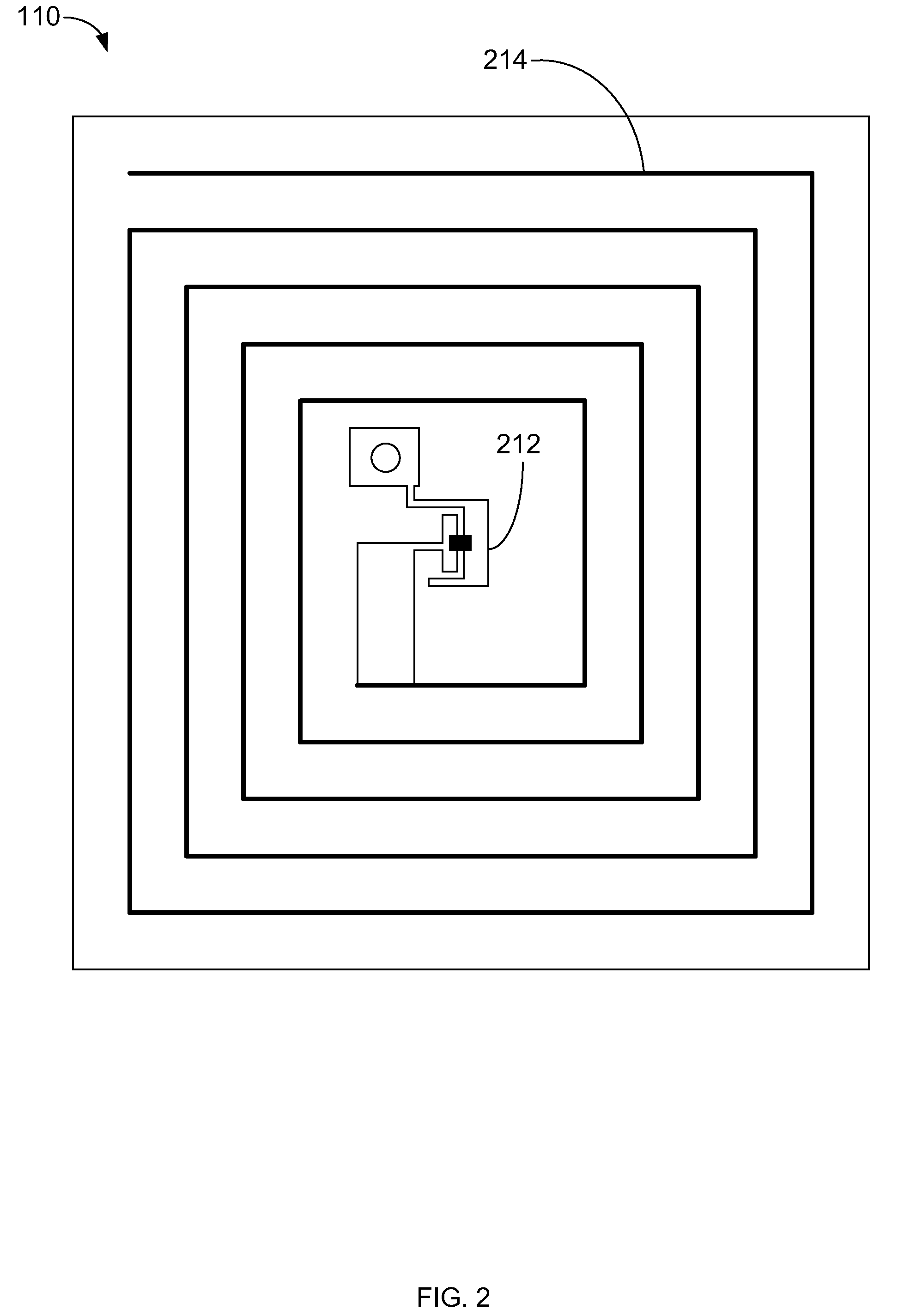Universal personal emergency medical information retrieval system
a medical information and retrieval system technology, applied in the field of universal personal emergency medical information retrieval system, can solve the problems of inability to obtain information in a timely manner, suboptimal, delayed, or even deleterious treatment, and more people unconscious or badly injured
- Summary
- Abstract
- Description
- Claims
- Application Information
AI Technical Summary
Benefits of technology
Problems solved by technology
Method used
Image
Examples
Embodiment Construction
[0037]To facilitate an understanding of the principles and features of embodiments of the invention, they are explained hereinafter with reference to implementations in illustrative embodiments. Embodiments of the invention are described in the context of a medical record information system, and in particular, to a universal emergency personal medical information system. Additionally, embodiments of the invention relate to a method for providing such a system.
[0038]The present invention can provide immediate, critical medical information to medical personnel, which can be essential to saving the person's life. Additionally, the present invention can prevent problems associated with, among other things, giving a patient incorrect medication, which can cause a dangerous allergic reaction or drug interaction, and problems associated with blood transfusion reactions. Providing medical personnel with more information generally results in better medical outcomes, lower medical costs, and ...
PUM
 Login to View More
Login to View More Abstract
Description
Claims
Application Information
 Login to View More
Login to View More - R&D
- Intellectual Property
- Life Sciences
- Materials
- Tech Scout
- Unparalleled Data Quality
- Higher Quality Content
- 60% Fewer Hallucinations
Browse by: Latest US Patents, China's latest patents, Technical Efficacy Thesaurus, Application Domain, Technology Topic, Popular Technical Reports.
© 2025 PatSnap. All rights reserved.Legal|Privacy policy|Modern Slavery Act Transparency Statement|Sitemap|About US| Contact US: help@patsnap.com



